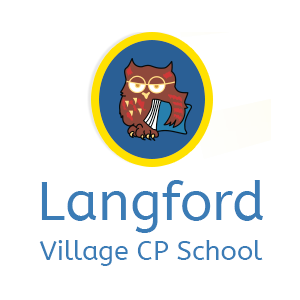




Intent
Our Design and Technology Curriculum teaches our children how to design, make and evaluate projects for a particular purpose, by promoting problem solving and increasing independence.
Design and Technology at Langford Village School will ensure:
Implementation
Children are introduced to a range of exploration tasks to build up the skills and knowledge, so they design and make products as they progress through KS1 and KS2. There are many opportunities for recapping knowledge and skills as previous learning is incorporated into current teaching. Where possible, lessons link to other areas of the curriculum areas such as Topic, Science and English.
Children are encouraged to think about who the products they design and make are for. In KS1, this will be mainly for themselves but as children progress up into KS2, the users will become less familiar for example, designing for people they meet in the local community or visitors into school. They will also be provided with the opportunity to clearly state the purpose of their products.
In KS2, this will go beyond the simple statements they make in KS1 as children will be prompted by a range of questions. Deeper thinking in KS2 is encouraged by asking children to think further about how their products will appeal to their intended users and consider meeting the user’s needs, wants and preferences. Gathering of information about the needs and wants of individuals will start to form part of the design process in early KS2, with this research becoming more extensive as children progress further up the school. Children will be asked in Key Stage 1 to explain how their product works, progressing to more detailed explanations in KS2. They will be encouraged to use their knowledge and understanding of Science; therefore, making connections between Design and Technology and Science. Children will consider how realistic their designs are and be encouraged to start to become increasingly innovative by introducing some unusual or new elements to their designs, whilst still ensuring their final outcomes are fully functional and fit for purpose. They will be introduced to a range of materials and tools suitable for the task. As children progress, they will select tools and materials with more independence and make selections that are appropriately matched to the skills and techniques. They will also develop the skills to be able to explain their choices. Children will also be taught the skills of how to measure, mark out, cut, shape, assemble, join, combine and apply finishing techniques with increasing accuracy.
Impact
Children will demonstrate the ability to design, make, evaluate and use technical knowledge to improve and modify their designs so they are fit for purpose.
The impact of DT will be measure by:
Langford Village Community Primary School
Peregrine Way
Bicester
Oxon
OX26 6SX
Tel: 01869 369021
Email: office.2608@langford-village.oxon.sch.uk
Headteacher: Mrs Sarah Tomlin
SENCo: Mrs Laura Oliver
Paper copies or all information available on this website can be obtained from the school office free of charge